Sealife guideThe blacktip reef sharkCarcharhinus melanopterus
Last updated on 09/09/2024 at 12:39 PM
Taxonomy
- Common name: Blacktip reef shark
- French name: Requin pointe noire
- Scientific name: Carcharhinus melanopterus (Quoy & Gaimard, 1824)
- Family name: Carcharhinidae
- Order name: Carcharhiniformes
- Class name: Elasmobranchii
Description
The blacktip reef shark, with its gray back and whitish belly, is particularly recognizable by the black tip of its dorsal fin. The blacktip reef shark can reach up to 6.5 feet in length and weigh up to around 22 pounds.
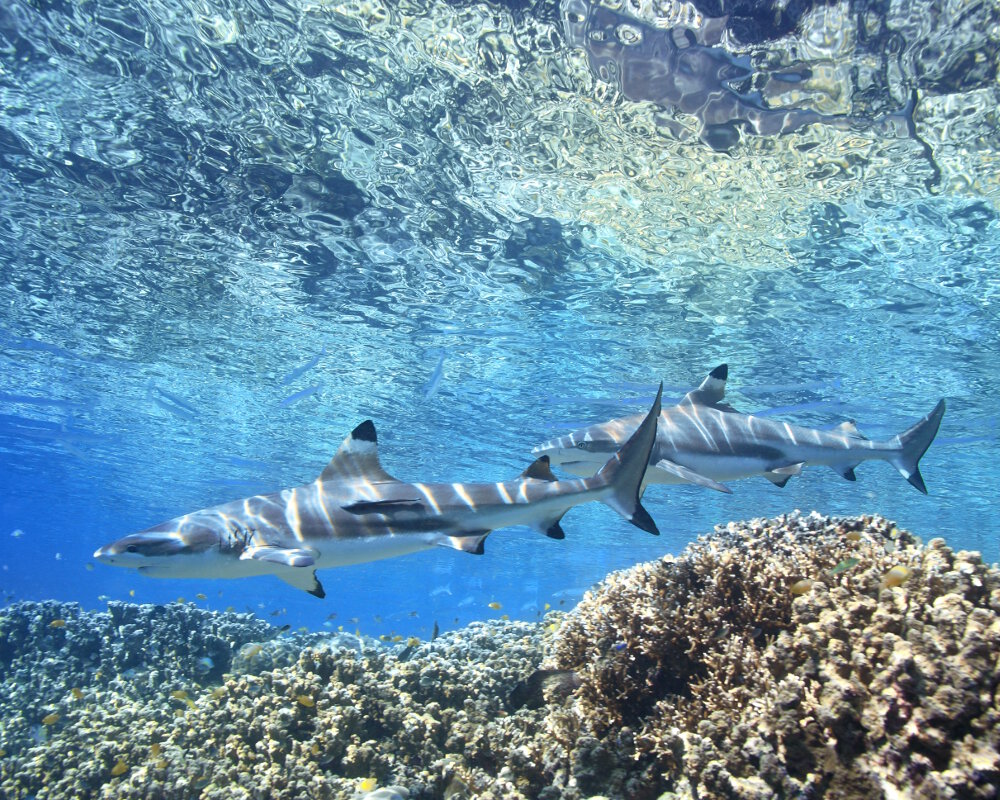
The blacktip reef shark is recognizable by the black tip on its fin ! © Carol Buchanan | Dreamstime.com
Geographic range
The blacktip reef shark is found in the subtropical coastal waters of the Indo-Pacific ocean, ranging from the eastern coasts of Africa to Hawaii and the Tuamotu archipelago, including the Maldives and French Polynesia. It is also present in the Red sea and via the Suez Canal, in the Mediterranean sea.
Habitat
The blacktip reef shark inhabits shallow lagoon waters or the edges of lagoons near reefs, but it can also be found at depths of up to 246 feet.
Typically, the blacktip reef shark frequents the same reef areas and may live in groups of several individuals.
Diet
The blacktip reef shark primarily feeds on various types of fish, as well as crustaceans, cephalopods and other mollusks.
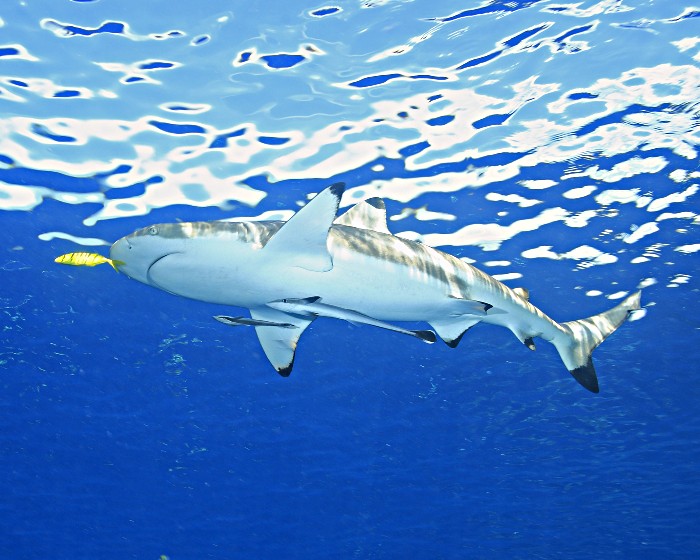
The blacktip reef shark accompanied by its faithful remoras !
Reproduction
The blacktip reef shark is viviparous. After a 9-month gestation period, the female gives birth to a litter of 2 to 4 pups, each measuring around 16 inches, although they grow very slowly afterward.
Did you know ?
The blacktip reef shark cannot remain stationary without risking suffocation, as it needs to constantly move to generate a water current through its gills to supply the oxygen needed for breathing.
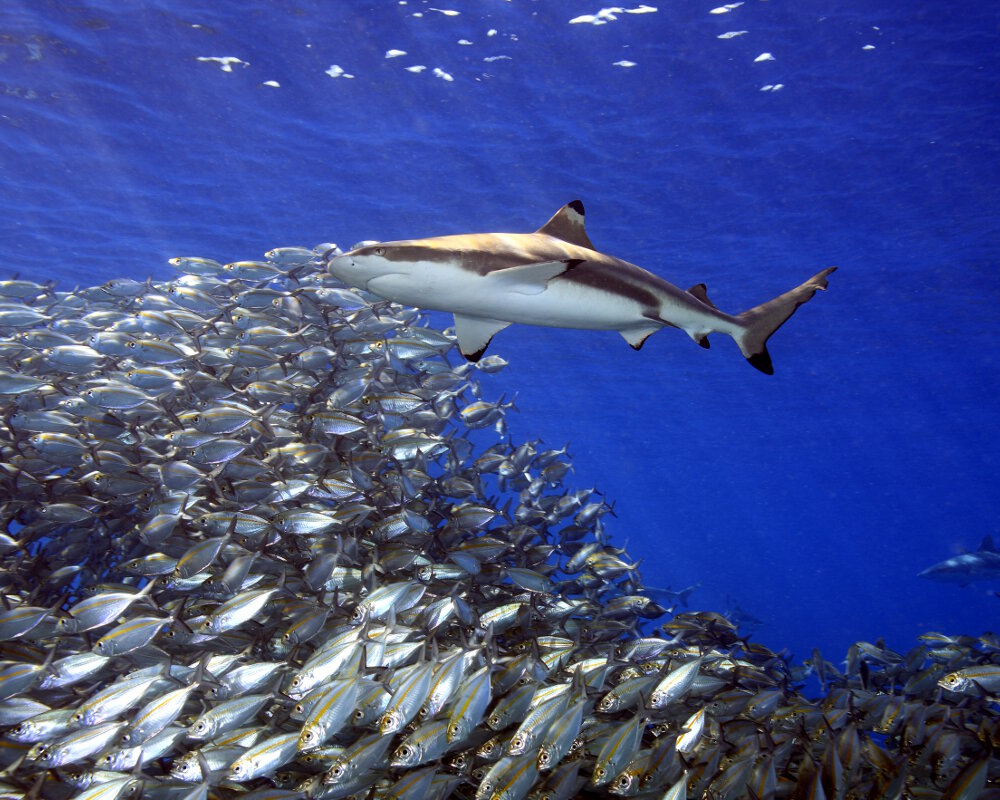
The blacktip reef shark (Carcharhinus melanopterus) © Carol Buchanan | Dreamstime.com
The blacktip reef shark is listed as many other marine species within The IUCN Red List of threatened species. The blacktip reef shark appears in the IUCN Red List since 2020 within the category Vulnerable !
Within the same genus
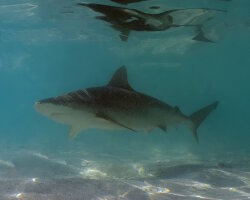
Blacknose shark
(Carcharhinus acronotus)
(Carcharhinus acronotus)
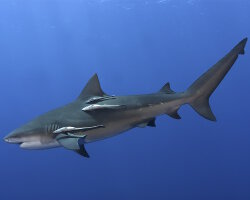
Bull shark
(Carcharhinus leucas)
(Carcharhinus leucas)
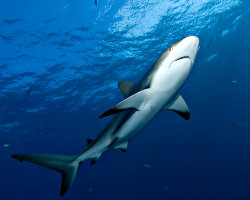
Caribbean reef shark
(Carcharhinus perezi)
(Carcharhinus perezi)
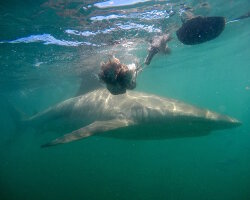
Copper shark
(Carcharhinus brachyurus)
(Carcharhinus brachyurus)
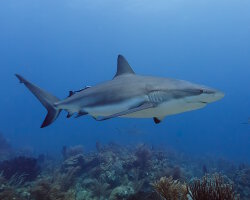
Grey reef shark
(Carcharhinus amblyrhynchos)
(Carcharhinus amblyrhynchos)
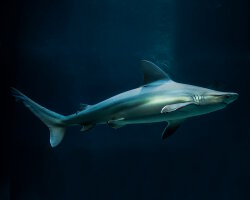
Sandbar shark
(Carcharhinus plumbeus)
(Carcharhinus plumbeus)
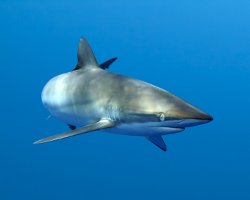
Silky Shark
(Carcharhinus falciformis)
(Carcharhinus falciformis)
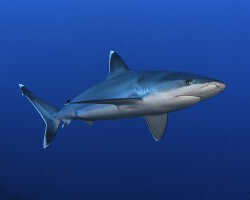
Silvertip shark
(Carcharhinus albimarginatus)
(Carcharhinus albimarginatus)
Within the same family
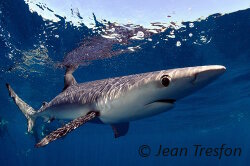
Blue shark
(Prionace glauca)
(Prionace glauca)
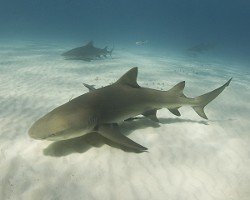
Lemon shark
(Negaprion brevirostris)
(Negaprion brevirostris)
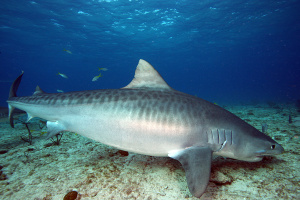
Tiger shark
(Galeocerdo cuvier)
(Galeocerdo cuvier)
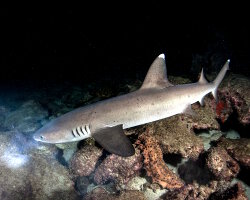
Whitetip reef shark
(Triaenodon obesus)
(Triaenodon obesus)
Discover also
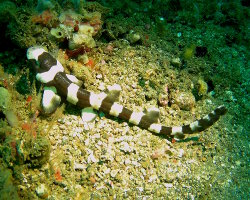
Brownbanded bamboo shark
(Chiloscyllium punctatum)
(Chiloscyllium punctatum)
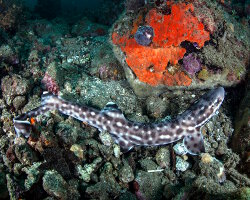
Coral catshark
(Atelomycterus marmoratus)
(Atelomycterus marmoratus)
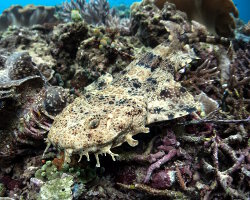
Japanese wobbegong
(Orectolobus japonicus)
(Orectolobus japonicus)
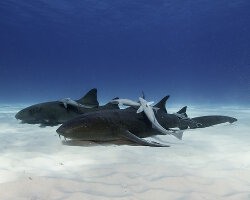
Nurse shark
(Ginglymostoma cirratum)
(Ginglymostoma cirratum)
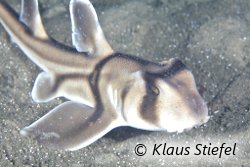
Port Jackson shark
(Heterodontus portusjacksoni)
(Heterodontus portusjacksoni)

Scalloped hammerhead
(Sphyrna lewini)
(Sphyrna lewini)
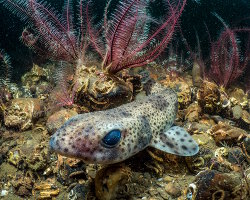
Small-spotted catshark
(Scyliorhinus canicula)
(Scyliorhinus canicula)
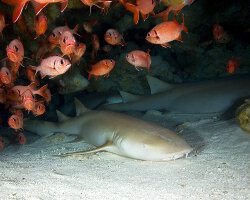
Tawny nurse shark
(Nebrius ferrugineus)
(Nebrius ferrugineus)
Our latestUpdates

Friday, December 19th 2025
The magic of Christmas decorations
Discover Christmas decorations in Florida: giant trees, illuminated palm trees, magical light displays and tropical settings to experience the holiday magic under the sun.
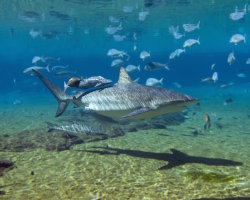
Monday, December 15th 2025
The dusky shark
Discover the dusky shark, one of the world's largest coastal sharks, and learn why this powerful predator is essential to marine ecosystems.

Friday, December 12th 2025
Christmas magic at Disney hotels
Experience the magic of Christmas at Disney hotels: enchanting decorations, giant Christmas trees, dazzling lights and a festive holiday atmosphere.
Photo of the Day
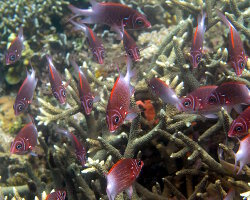
Poisson écureuil à queue blanche
(Sargocentron caudimaculatum)
(Sargocentron caudimaculatum)
